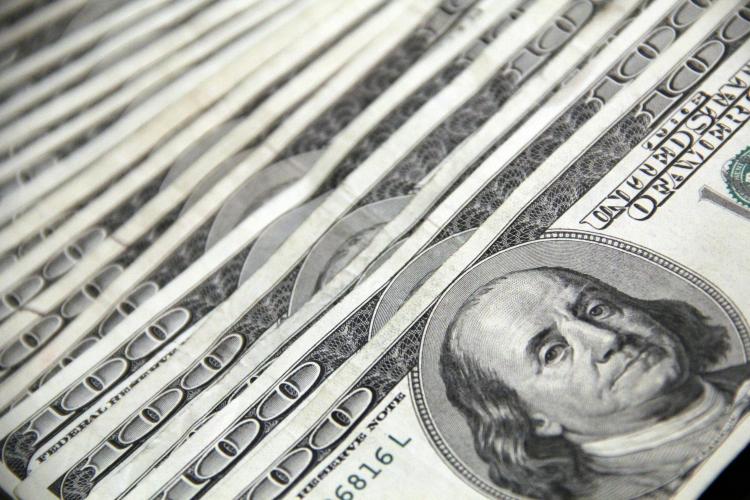The US economy has defied all expectations over the past year. A much-anticipated recession in 2023 never materialised. The economy accelerated in the last quarter of the year. So far in 2024, the economy appears to be growing at a healthy clip of 2.5%. Unemployment is at exceptionally low levels. Growth in employment has been exceeding expectations, while job openings continue to exceed the number of unemployed people. This should all be good news.
While the Fed has maintained rates at their highest levels since 2006, the impact on GDP has been muted. While inflation has declined considerably, the most recent data show that this decline has stalled, and inflation is potentially settling at a level that is above the Fed’s target.
The strength of economic activity is now clearly signalling that equilibrium interest rates have shifted structurally higher. In fact, they are considerably higher than policy makers and the markets are assuming. In the decades preceding the global financial crisis of 2008, equilibrium real interest rates were estimated to be in line with the potential real growth rate of the economy, varying between 2.5 and 3%. This meant that with inflation at 2%, a policy rate between 4 and 5% was neutral. It is a historical anomaly that the period since 2008 has seen real equilibrium rates drop to as little as 0.5%.
We cannot observe equilibrium rates in the real world. They are a theoretical construct that economists estimate using models. Models are very fallible. America may have well shrugged off its post-2008 shackles and is now poised on a higher growth trajectory, fuelled by greater technology-enabled efficiencies.
This is all great news for the long-term economic outlook. But is it good news for the near-term market performance? There are several potential headwinds that are a cause for concern.
First, while the Fed paused raising rates last year, and signalled some rate cuts this year, the likelihood that such cuts will materialise are diminishing rapidly. In January, the market was optimistically pricing in seven rate cuts this year. Today, it is two. But if inflation continues at current levels, it is unlikely that the Fed will be able to cut rates at all.
Second, the yield curve remains inverted, meaning that long term rates are lower than short term rates. This would be justified in a period of robust economic growth if short term rates are expected to decline imminently. But if economic growth remains robust, and short-term rates are not going to decline soon, then the yield curve should steepen, meaning that long term rates should rise above current levels. Where should a 10-year Treasury yield settle? If an equilibrium Fed rate is 4.0% in line with pre-2008 levels, the 10-year yield is currently close to its fair value.
Third, the longer the Fed maintains short term rates at current levels, the greater the scrutiny of the US fiscal position is justified. Historically, the maturity structure of the US debt is short term in nature. This is because in normal times short term rates are significantly lower than long term rates. Over the cycle, such a maturity structure provides cheaper financing.
However, the fiscal deficit is currently inordinately high for a period of economic expansion. As bonds mature, they will be refinanced at higher rates, implying that the share of total government expenditure dedicated to interest payments is rising rapidly. It’s currently at 16%. But this could easily double within a short time frame, given that government debt as a share of GDP has doubled since 2008.
Greater scrutiny of the fiscal position would require a careful look at budget priorities. We wouldn’t doubt that Treasury will move expeditiously, but this will be no easy feat in an election year.
Taken together, the above concerns lead us to think that on a risk adjusted basis short term maturities offer better value than long term maturities. In credit, higher for longer Fed rates implies that stress among lower-quality credits is likely to rise. In equities, companies with profitability will outperform high growth companies that are credit dependent. In other words, companies with significant free cash flow will outperform. Additionally, higher risk-free rates imply that valuations will be a more important driver for returns.
The picture outside the US, however, is likely to be markedly different. Inflation is declining more surely in Europe, where most countries are either in recession or experiencing anaemic growth. This implies that the ECB will be in a position to follow the example of Switzerland and cut rates ahead of the US.
